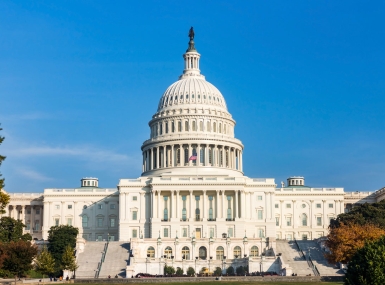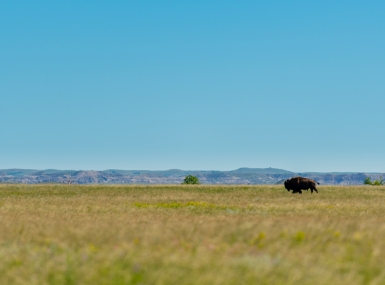Naturally Resilient Communities project gets White House nod
Upcoming Events
Related News
Flood protection on counties' minds in Naturally Resilient Communities
At the White House Water Summit in March, the Obama Administration counted a NACo partnership project, Naturally Resilient Communities (NRC), as among the national efforts to build a more sustainable water future.
A joint effort of NACo, The Nature Conservancy, the American Planning Association, the Association of State Floodplain Managers and Sasaki Associates, NRC aims to help communities rethink flood protection.
“Many of our communities — including my own — have seen the devastating effects of wildfires, flash floods and other natural disasters,” said NACo President Sallie Clark. “Counties are on the front lines of emergency response and preparedness, and we’re pursuing forward-thinking measures to mitigate risk and foster local resiliency. The Naturally Resilient Communities project helps us leverage natural and other resources to make our neighborhoods safer and more secure.”
American communities have recently had ample reminders of nature’s unpredictable fury. Extreme weather events have become the unfortunate norm for many counties across the nation. Since 2010, counties comprising 96 percent of the total U.S. population were affected by federally declared weather-related disasters, while average flood losses in the U.S. have increased steadily to nearly $10 billion.
Often overlooked in mitigating risks from storms is the role that nature itself can play alongside traditional, manmade structures such as seawalls, dams and levees. For instance, riparian buffers, sand dunes and marshes can be used to help disperse floodwaters and absorb storm surges. Restoring and strengthening natural systems not only helps counties become more resilient by mitigating risks from extreme weather, but it also brings additional economic, health and social benefits, such as cleaner water, increased property values and enhanced tourism and recreational opportunities.
Through the Naturally Resilient Communities project, NACo is currently working to identify and promote examples of nature-based solutions that counties have already used to increase both resiliency and quality of life. The examples will be compiled in a guide that will be available online and serve as a helpful tool to support counties in investing in nature-based solutions to address their flooding challenges
Showcase your use of nature to reduce flooding’s impact
Please submit any recommendations about your natural infrastructure best practices to Jack Morgan, NACo program manager, by Monday, May 9.
Attachments
Related News

U.S. House of Representatives passes SPEED Act and other permitting reform bills
On December 18, the U.S. House of Representatives passed the SPEED Act (H.R. 4776). The SPEED Act would strengthen county involvement in decision-making and make needed commonsense reforms to the federal environmental review process.

House Natural Resources Committee advances the Endangered Species Act Amendments Act of 2025
On December 17, the House Natural Resources Committee advanced the Endangered Species Act (ESA) Amendments Act of 2025 (H.R. 1897). The version passed by the committee adopted several changes from the initial bill and would address key county concerns by improving the implementation of the ESA. The legislation now awaits a floor vote before the whole U.S. House of Representatives.

Senators introduce bipartisan UPGRADE Act to support small and rural public water systems
On December 15, Sens. Lisa Blunt Rochester (D-Del.) and Roger Wicker (R-Miss.) introduced the Unincorporated Partnerships for Grant Resources, Assistance, and Drinking Water Enhancements (UPGRADE) Act (S. 3465), a bipartisan bill that would strengthen federal support for small public water systems and helps unincorporated communities access clean and affordable water.